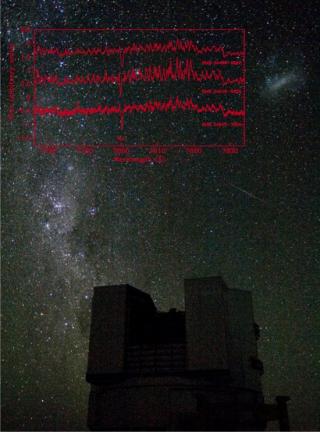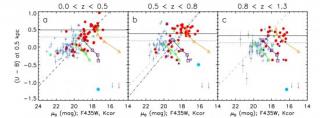Una novedosa técnica permite a un grupo de investigadores del IAC analizar por primera vez la atmósfera de la Tierra a través de un eclipse lunar El estudio determina cuáles son los rasgos presentes en el espectro electromagnetico que indican la existencia de vida en la Tierra e indica que su búsqueda en otros planetas puede resultar más fácil de lo previsto Un equipo de investigadores del Instituto de Astrofísica de Canarias (IAC) ha estudiado por primera vez el espectro de transmisión de la Tierra reflejado en la Luna, como medida de referencia para la búsqueda de vida en otros planetas
Advertised on

